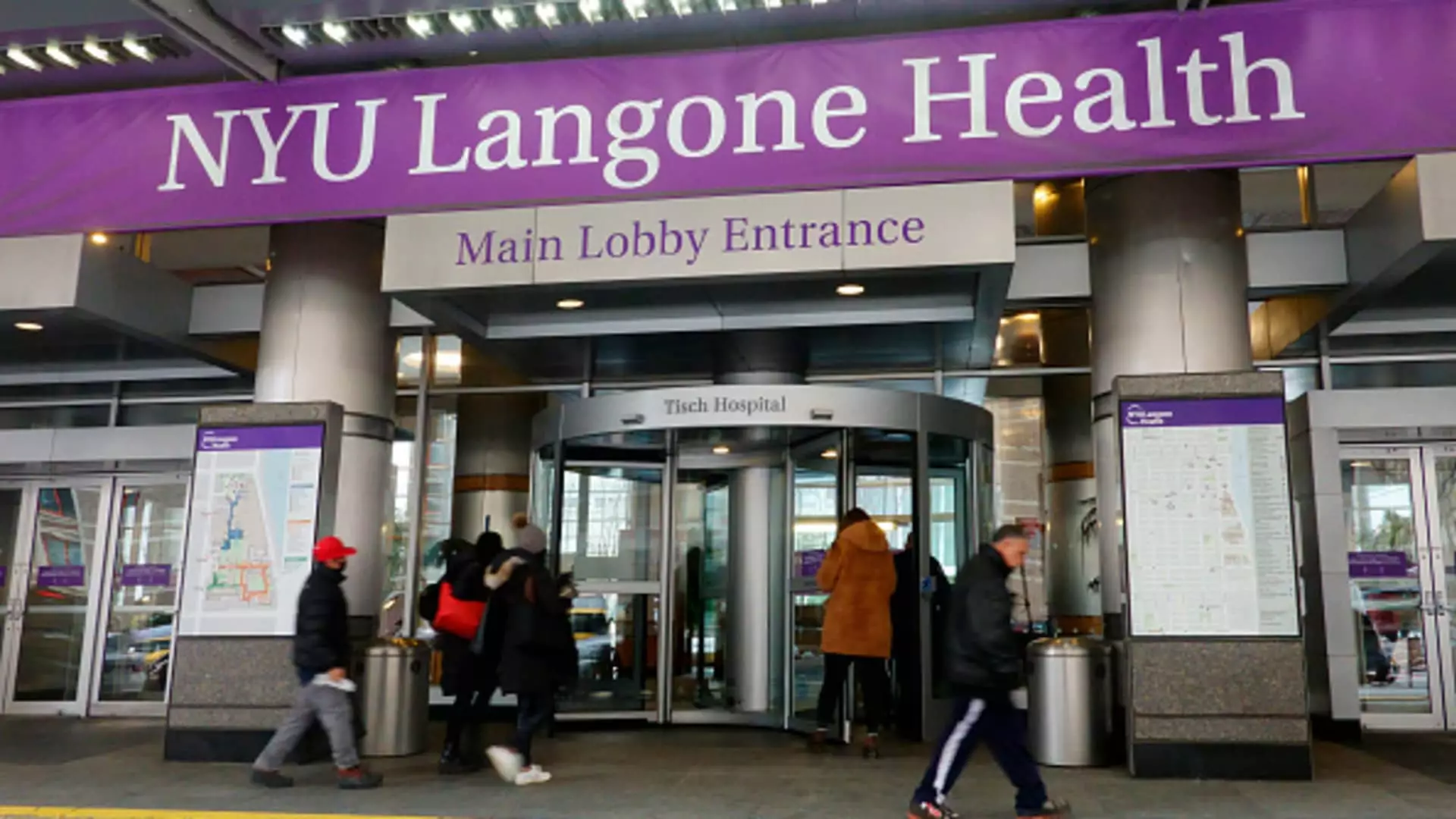In 2018, New York University’s Grossman School of Medicine made a landmark decision by offering full-tuition scholarships to all students, regardless of financial need or academic merit. At first glance, this seemed like a noble step towards democratizing education and eliminating burdensome student debt that often hinders aspiring medical professionals. However, the underlying consequences reveal a troubling trend: such well-meaning initiatives may actually exacerbate the very inequities they aim to dismantle. The surge in applications was predictable, but what was notably alarming was the drastic reduction of incoming students from low-income backgrounds—from 12% in 2017 to a mere 3% in 2019. This stark drop illustrates that the intended beneficiaries of these tuition-free programs are being overshadowed by a more privileged cohort.
Navigating a Competitive Landscape
Jamie Beaton, co-founder and CEO of Crimson Education, has pointed out a critical flaw in the approach to tuition-free policies. While these initiatives are designed to encourage a broader array of students to apply, they inadvertently raise the competitiveness of admissions to unforeseen heights. Wealthier families, who have greater access to better preparatory resources—like private tutors and enriching extracurriculars—are more likely to outshine their lower-income counterparts during the admissions process. Thus, instead of leveling the playing field, this model tends to tilt it in favor of those who are already privileged, lessening the representation of genuinely financially disadvantaged individuals. The very act of making education “free” could be misleading in its implication; it does not grant equitable access to the pathways of success.
Harvard’s Tuition-Free Dream: A Double-Edged Sword
As Harvard announced its own version of tuition-free education for families with incomes up to $200,000, a similar trend began to emerge. Advocates of accessibility laud this decision; however, critics like Beaton argue that it could inadvertently lead to enhanced competition at the expense of lower-income applications. This new model may not just preserve, but indeed solidify the status of middle and upper-middle-class families in prestigious institutions. By lessening the financial burden, it does not automatically create a more diverse or inclusive educational environment. Rather, it risks reproducing existing hierarchies. Families with substantial income can now compete against their less wealthy neighbors for coveted slots, further pushing talented, lower-income candidates to the sidelines.
The Illusion of Opportunity
Christopher Rim, president of Command Education, offers a sobering reality check: while institutions may claim to be working towards greater inclusivity, the need for tuition-free models often skews towards attracting middle-class and wealthy applicants. This raises the unsettling question: Are these colleges genuinely striving to diversify their student bodies, or merely ensuring they maintain a stable financial structure supported by affluent donors? The trend of creating well-rounded classes can sometimes prioritize socioeconomic standing over genuine merit and potential, which is a disservice to intelligent and capable individuals from less fortunate backgrounds.
The Price Tag on Education Keeps Rising
Current trends in college tuition fees further complicate the issue. On average, tuition and fees plus room and board for a four-year private college reached $58,600 in the 2024-25 school year, illustrating an alarming financial landscape for families. The reality is that even as some institutions adopt no-loan or tuition-free policies, the competitive thrust behind these changes often benefits students from higher income brackets who can afford additional avenues like expensive test preparation services. Parents of lower-income families may find these options excessively daunting, pushing many out of the race altogether.
The Affordability Arms Race
In a convoluted twist of fate, the race for affordability among prestigious institutions reflects a broader societal failure. Colleges are desperately vying to attract students, yet the majority remain tuition-driven and incapable of sustaining extensive no-loan programs. This disparity overwhelmingly skews the benefits towards wealthier families, leaving lower-income students navigating a system trying to administer a one-size-fits-all solution. Although financial aid packages exist, the reality of their effectiveness is muddied by institutional policies that often fail to adequately address the needs of disadvantaged students.
The façade of tuition-free education is seductive; however, peeling back the layers reveals a foundation riddled with contradictions and inequities. Rather than solely valuing merit through financial aid, we must critically assess the structural dilemmas underpinning educational access.

